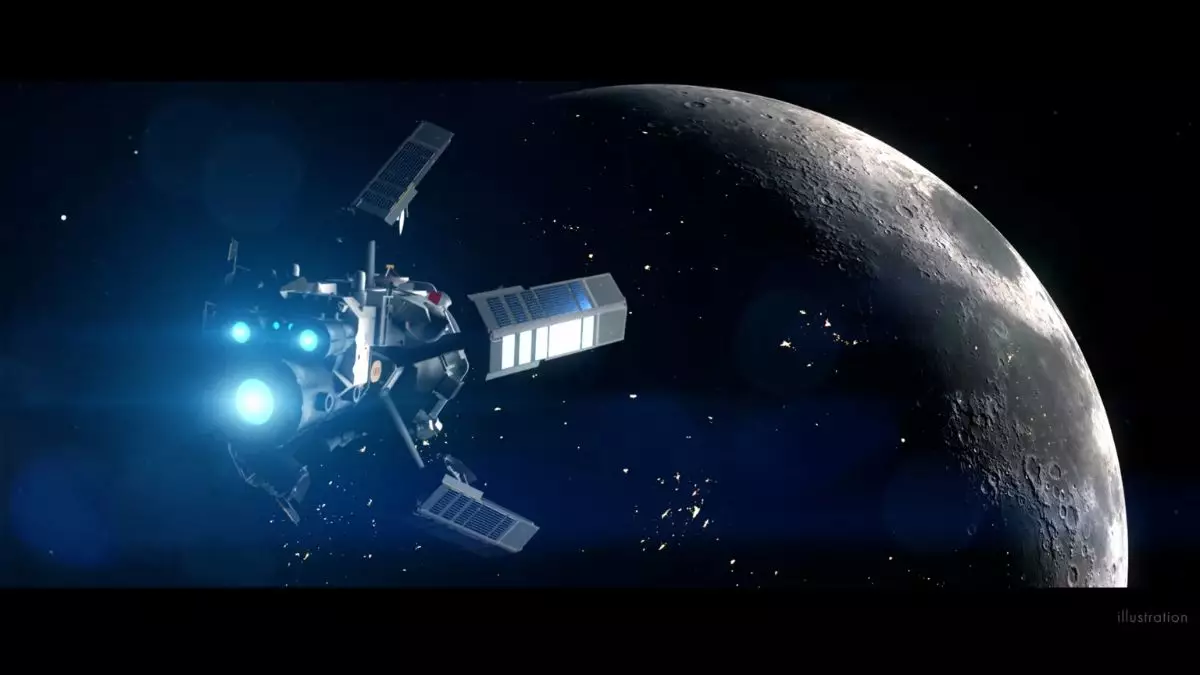Imagine slashing the time it takes to travel to Mars by half, or making the trip to Pluto achievable in just four years. This ambitious vision is the brainchild of Pulsar Fusion, a company pushing the boundaries of space technology with plans for nuclear fusion-powered rockets. Their innovative concept, introduced at the Space-Comm Expo, highlights how close humanity is to not just exploring space, but truly understanding it. Yet, despite the allure, skepticism looms over the viability of such advancements.
Bold Aspirations Amid Skepticism
For the better part of a decade, Pulsar Fusion has developed its Duel Direct Fusion Drive (DDFD) engine, which promises to utilize the fusion of deuterium and helium-3 as a means of propulsion. Unlike conventional propulsion systems, which rely on chemical reactions, the DDFD aims to directly use charged particles produced by the fusion process. This leap in technology could redefine the efficiency and speed of interplanetary travel. However, behind the excitement lies a sea of doubt from experts like MIT’s Paulo Lozano, who remain cautious about whether such a complex process can actually be executed in the compact systems required for space travel.
Fusion: A Double-Edged Sword
Fusion technology is, without a doubt, the holy grail of energy. It’s clean, virtually limitless, and could provide the answer to our earthly energy problems. But fusing atoms in an environment as unforgiving as space? That’s another beast entirely. It’s one thing to generate energy on Earth, surrounded by a wealth of material resources and a highly developed infrastructure—it’s another to do so in a vacuum hundreds of thousands of miles away. Richard Dinan, CEO of Pulsar Fusion, argues that the vacuum of space simplifies certain challenges, yet his optimism clashes with the harsh realities of the technology.
The Road to Implementation
There’s an enticing promise here: reusable rockets stationed in orbit, ready to assist missions to the far reaches of our solar system. This model not only lowers costs but also paves the way for a new kind of space economy—one that envisions humanity as a multi-planetary species. Yet, as promising as this sounds, the path to implementation is fraught with complexity. Sourcing helium-3, the prized fuel for these rockets, remains a monumental challenge due to its rarity. The notion of lunar mining may be floated as a potential solution, but without concrete plans or investment, this remains a fantasy more than a feasible enterprise.
A Cautious Optimism
As Pulsar Fusion embarks on its testing phase, initially using inert gases as a stand-in for helium-3, the future remains cloaked in uncertainty. While the company has indicated a timeline for specific testing and demonstrations, the reality is that many hurdles still exist. Each milestone could bring them closer to their goal, or could serve as a sobering reminder of the challenges inherent in revolutionary technology. Despite the skepticism, the concept of nuclear fusion rockets holds undeniable promise—an intriguing blend of science fiction and potential reality. It’s a narrative that electrifies our imaginations and underscores both the potential and peril of such ground-breaking advancements.

